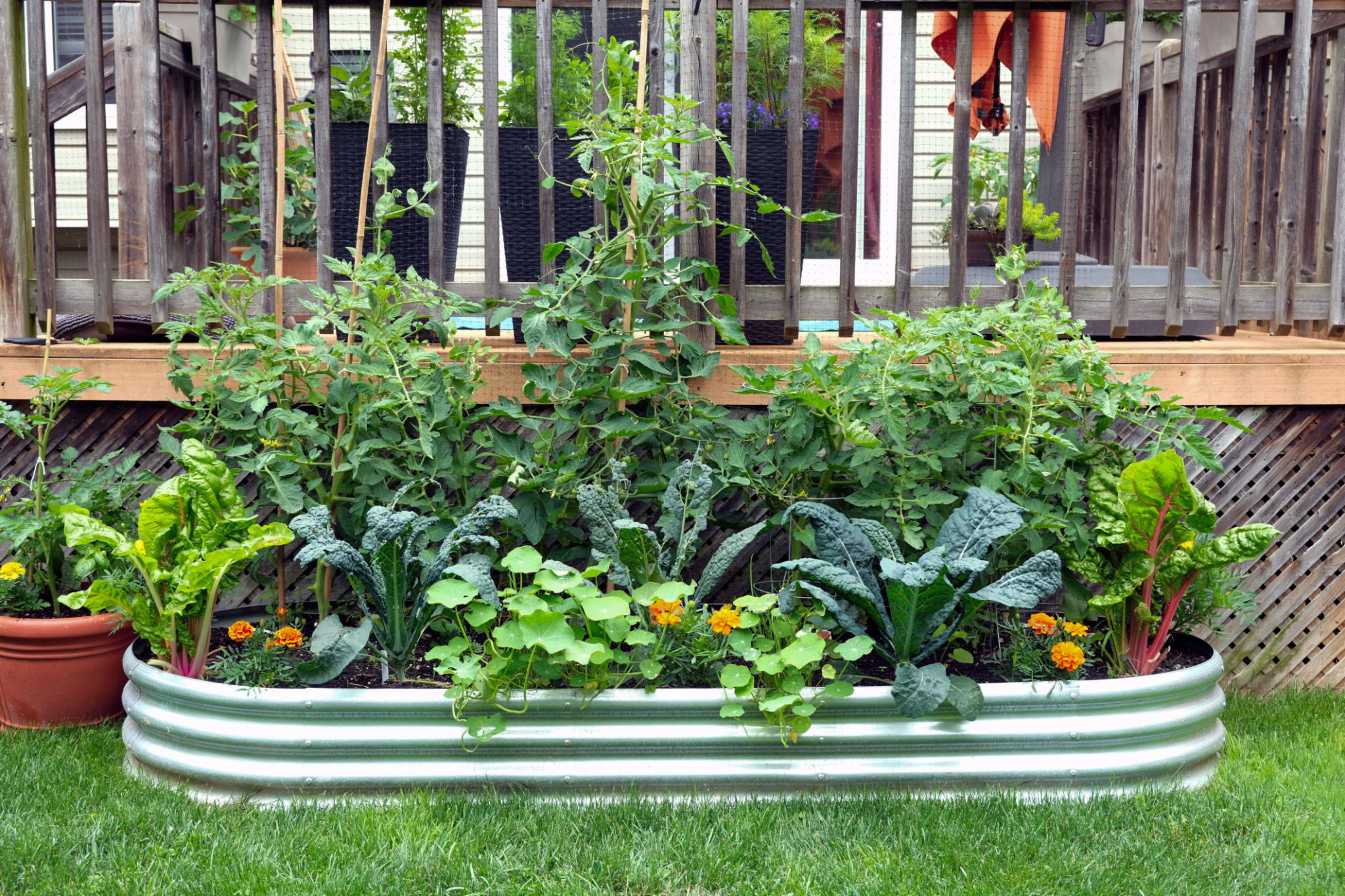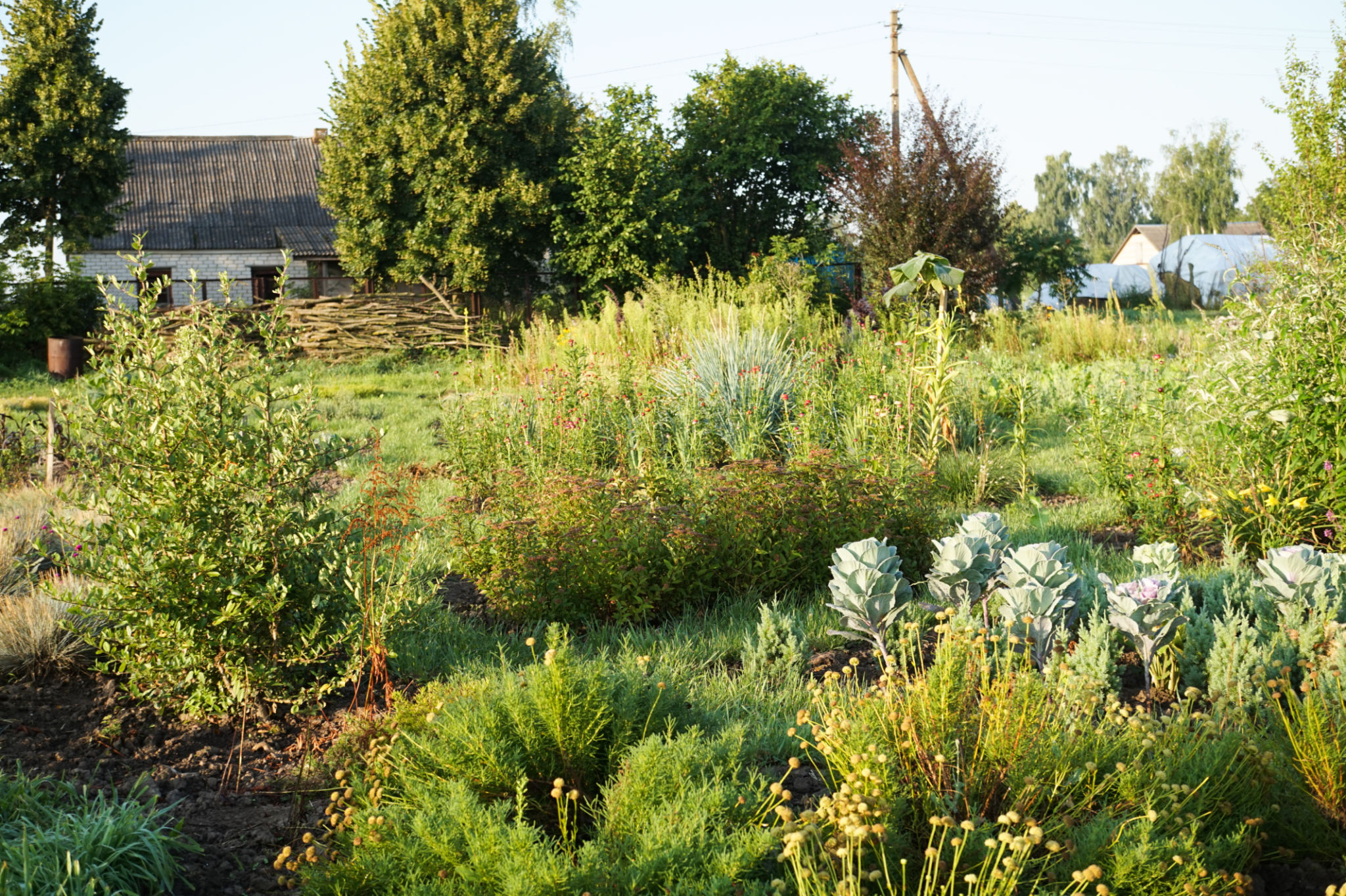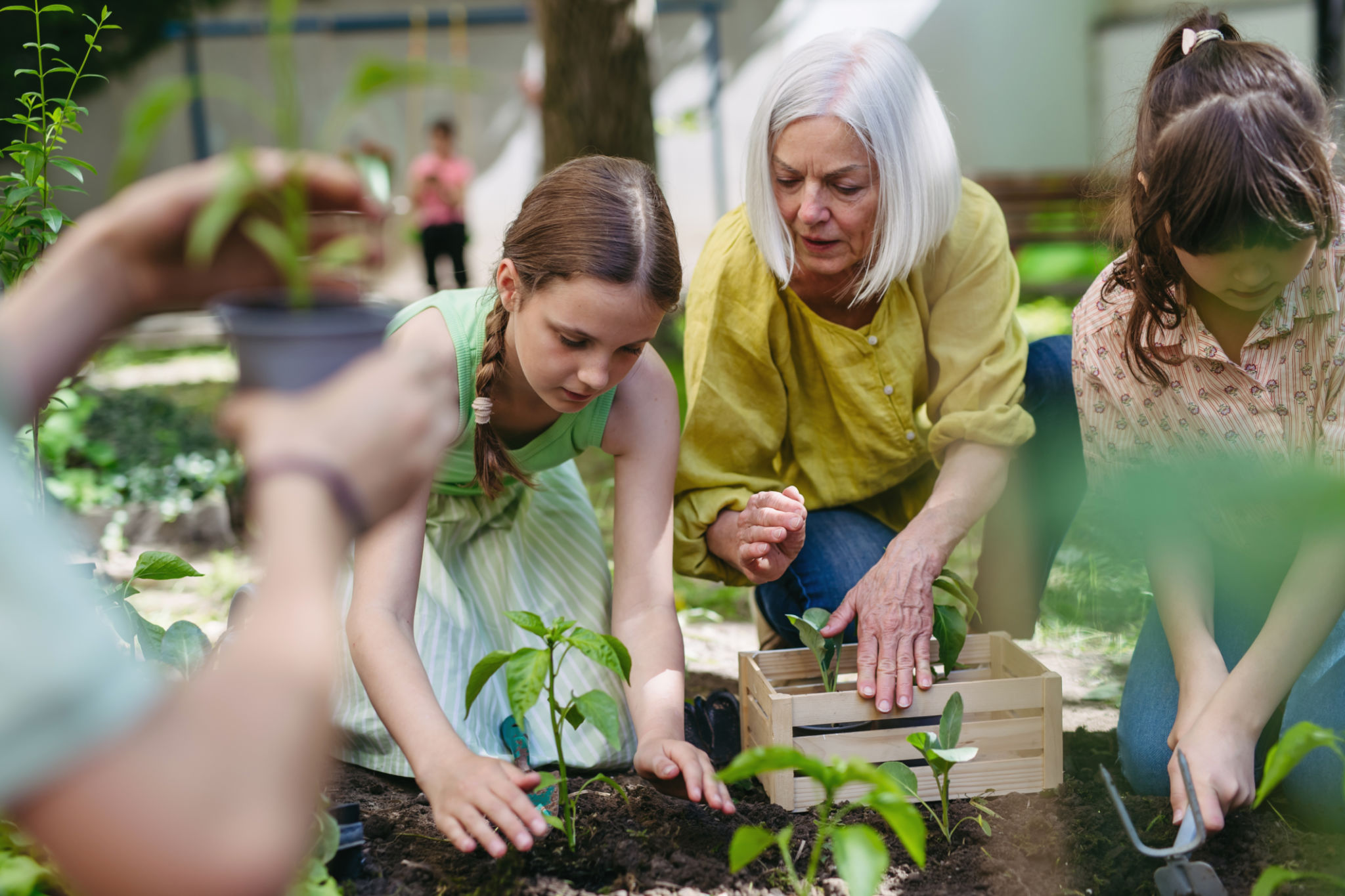The Future of Gardening: Trends in Edible Landscapes
The Rise of Edible Landscapes
As the world becomes more conscious of sustainability and self-sufficiency, the concept of edible landscapes is gaining traction. Edible landscaping integrates food-producing plants into ornamental gardens, combining aesthetics with practicality. This trend is not only redefining the way we think about gardening but also transforming our communities and urban spaces.
One of the key drivers of this movement is the increasing interest in homegrown food. With concerns about food safety and a desire for fresh, organic produce, more people are turning their backyards into edible paradises. This shift is not just about growing vegetables; it's about creating a harmonious ecosystem that supports both humans and wildlife.

Innovative Design Approaches
Edible landscapes are pushing the boundaries of traditional garden design. Gardeners are embracing innovative approaches that blend functionality with beauty. For instance, vertical gardening is becoming popular in urban areas where space is limited. Vertical structures allow for the cultivation of a wide variety of fruits, vegetables, and herbs without taking up much ground space.
Another trend is the use of permaculture principles, which focus on creating sustainable and self-sufficient ecosystems. Permaculture gardens often include a diverse range of plants that support each other, reduce the need for chemical inputs, and enhance biodiversity. This approach not only benefits the environment but also results in healthier, more resilient plants.

Technology Meets Tradition
The future of gardening is also being shaped by advancements in technology. Smart gardening tools and apps are making it easier for enthusiasts to plan, monitor, and maintain their edible landscapes. These technologies provide real-time data on soil conditions, weather patterns, and plant health, enabling gardeners to make informed decisions.
Moreover, hydroponics and aquaponics systems are gaining popularity among those looking to maximize yield in limited spaces. These soilless growing techniques allow for efficient water use and faster plant growth, making them ideal for urban environments where resources are scarce.

Community and Educational Impact
Edible landscapes are not just transforming private gardens; they are also having a significant impact on communities. Community gardens are sprouting up in cities around the world, providing residents with access to fresh produce and green space. These gardens foster social connections, encourage collaboration, and serve as educational hubs where people can learn about sustainable practices.
Schools are also incorporating edible landscapes into their curricula, teaching students valuable skills related to gardening, nutrition, and ecology. By engaging young minds in these practices, we are cultivating a generation that values sustainability and understands the importance of food security.

The Economic Benefits
Beyond environmental and social impacts, edible landscapes offer economic advantages. Homeowners who grow their own food can significantly reduce grocery bills while enjoying nutrient-rich produce. Additionally, these landscapes can increase property values by enhancing curb appeal and demonstrating a commitment to sustainable living.
For businesses, incorporating edible landscapes into their premises can improve employee well-being and productivity. Green spaces have been shown to reduce stress and promote creativity, making them a valuable asset in corporate settings.
As we look to the future, it's clear that edible landscapes will play an increasingly important role in our lives. By embracing these trends, we can create beautiful, productive spaces that benefit both people and the planet.